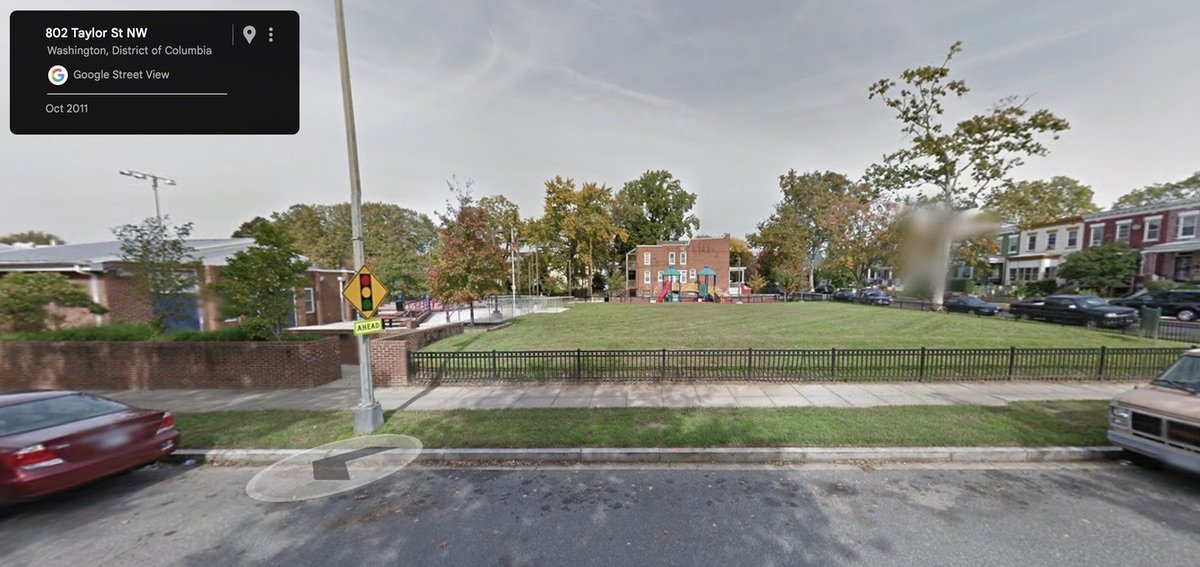You’re invited to Reimagine Justice at Lincoln’s Cottage through a new art exhibit
/(All photos courtesy of Conor Broderick for Lincoln’s Cottage)
by Rebecca Kilborne
Marketing & Communications Manager at President Lincoln’s Cottage
In August of 2020, as COVID had citizens across the country thinking about mortality, Lezmond Mitchell, a Navajo Citizen, walked to his execution. His death met with outrage as he was executed by the US government for a crime committed on tribal land. Mitchell was one of three prisoners on death row who, according to a joint artist statement, “Slid canvases under the steel door of their respective one-man cells and handed it off to the inmate worker who would pass the artwork to the next collaborator in line” to create a six-panel acrylic portrait of Barack Obama that captured their shattered hopes in his promise of change.
That portrait is now on display at President Lincoln’s Cottage, a highlight of our new art installation, Prison Reimagined: Presidential Portrait Project, featuring the work of incarcerated artists. It is funded by the Justice Arts Fund and hosted in partnership with the Justice Arts Coalition. Twenty-three portraits of US Presidents line the walls of the Cottage paired with narratives of that president’s record on incarceration, and 23 writings are on display that discuss life behind bars as well as poetic visions of what true justice could look like on display. The number of items, 46, is a reference to the 46 presidents, none of whom come out unscathed, when considered according to their carceral record. The 46 pieces were selected by the Committee of Incarcerated Writers and Artists, who also arranged their placement in the Cottage based on floorplans and descriptions.
The imagination behind Prison Reimagined is journalist Caddell Kivett, one of the editors of Nash News, currently incarcerated at the Nash Correctional Institution in North Carolina. Kivett was thrilled to find a home for the exhibit at the place where Abraham Lincoln thought so deeply about freedom and bondage and developed the Emancipation Proclamation.
“President Lincoln’s Cottage is perhaps the most significant venue possible for Prison Reimagined, given the fact that Lincoln did end legal slavery with some exceptions,” he said. “The modern Prison Industrial Complex traces its roots to slavery, through convict leasing and Jim Crow into the present.”
The hope of the exhibit is to get the public and the leaders of this country to look at the injustices of the justice system through the eyes of the incarcerated. Artist and committee member Barry Mintz explained, “There’s a quote I’ve used in my artist statement by Pablo Picasso, ‘There’s only one way to see things until someone shows us how to look at them with different eyes.’ And I think that’s what [Prison Reimagined] is all about.”
Another committee member, Dillan Letellier, wrote that prison inevitably changes your perspective, “After years of being in prison, you start to see different things and things differently.”
Those different and useful perspectives usually remained locked up. Prison Reimagined provides a rare opportunity for the public to grapple with them. The artists and committee members view the exhibit as rare opportunity for them to advance social justice, “The common response [among people who are incarcerated on the issue of mass incarceration] is, ‘We can’t do anything about it.’ Well, while there are projects going on like this, we can contribute. It’s our responsibility to speak up about our experience and contribute to the conversation,” said committee member Kelvin Smith.
Kivett agreed, “It has been an opportunity for me to utilize my voice and to give a voice to other incarcerated people. Since it’s artists and writers from all over the country that submitted, it shows what we can do with and for collective organizing.”
We invite you, our Petworth neighbors, to join this important conversation and visit the exhibit before it closes on February 19th.
As Valentino Amaya, an incarcerated artist who painted a haunting portrait of Lincoln urges, “Like Mr. Lincoln, [you can] make a decision that will help change the injustice and help in rehabilitation.”
Learn more on our website and come see the exhibit.



















